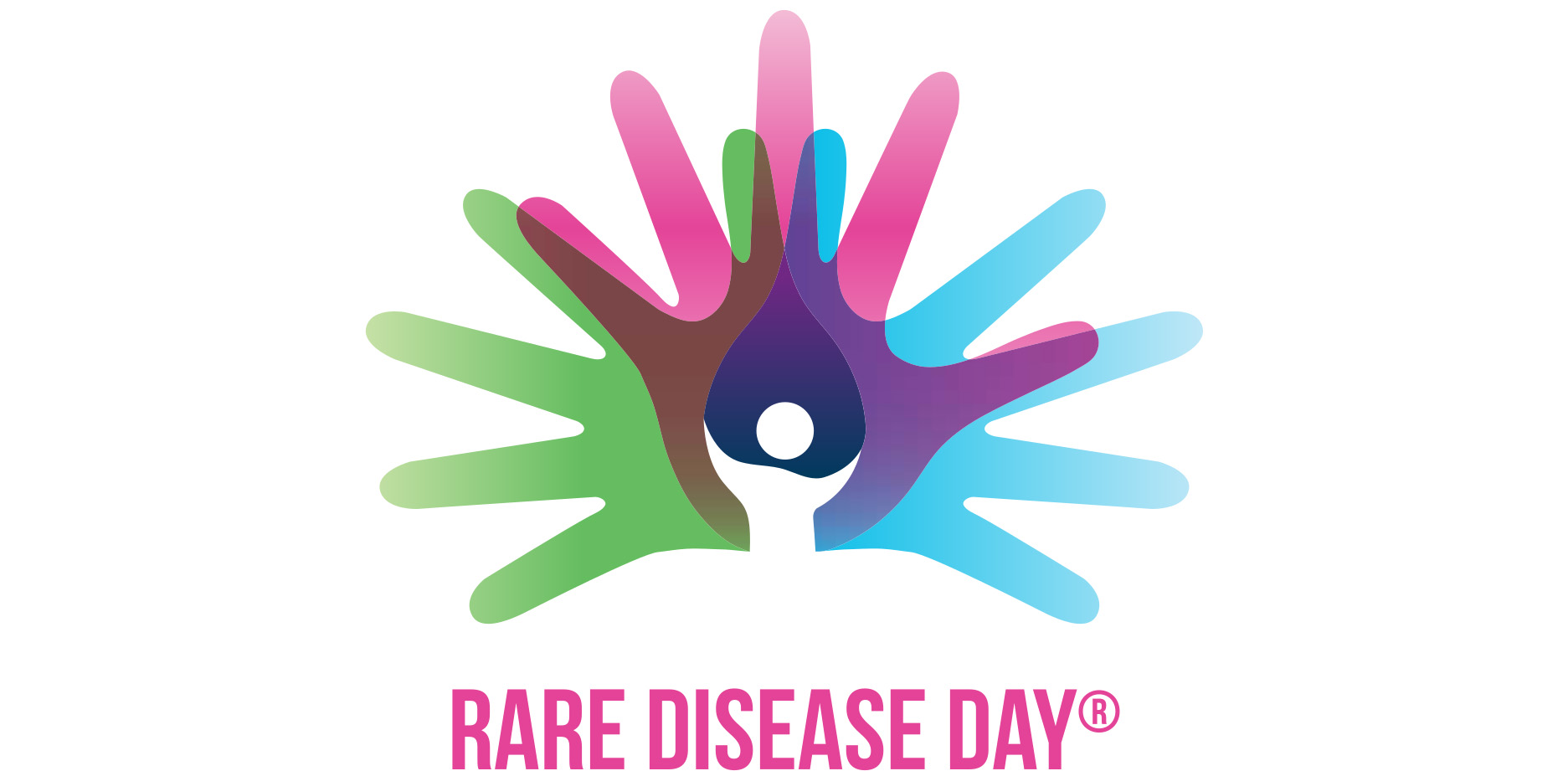
On the occasion of the commemoration of the Rare Disease Day, the Margarita Salas Center for Biological Research (CIB Margarita Salas) wants to highlight, among the center's research lines, those focused on the understanding and search for treatment of rare diseases such as Retinitis Pigmentosa, Amyotrophic Lateral Sclerosis, Hereditary Hemorrhagic Telangiectasia, von Hippel Lindau syndrome, Lafora disease or Atypical Hemolytic Uremic Syndrome, among others.
Rare diseases are pathologies that affect a small number of the population, specifically less than 5 in 10,000 people. However, between 5,000 and 7,000 rare diseases are known, most of them caused by a genetic defect, resulting in about 350 million people suffering from them.
Aware of the severity of many of these diseases -which are also “orphaned” (without treatment)-, the lack of specialized knowledge about them and the need to invest in their research, there are several groups at CIB Margarita Salas that focus their research lines in the study of these pathologies. All of them have the additional motivation provided by direct contact with patients and their associations, as well as with the doctors who assist them, enhancing the collaboration that seek to improve the quality of life of these patients and their families.
In addition to the lack of treatment, another of the main problems encountered by people with rare diseases is their diagnosis. The ignorance of its etiology, the difficult access to the necessary information and the lack of professionals and specialized centers cause the diagnosis to be delayed, delaying as well the required treatment, which can result in an aggravation of the disease. The groups at CIB Margarita Salas focus their research in the study of the molecular basis and genetics of these pathologies to improve diagnostic methods and their specificity, as well as the search for molecules, potential drugs, that can alleviate the symptoms these diseases produce.
These are the rare diseases under study at the CIB Margarita Salas, as well as the groups that are working on them. Following the links, we include some more details:
Molecular Pathology/ Complement Genetics: Alkaptonuria, Lafora disease, atypical hemolytic uremic syndrome and C3 glomerulopathy. More information here.
3D Lab: Development, Differentiation & Degeneration: retinitis pigmentosa. More information here.
Myeloid Cell Biology: multicenter carpotarsal osteolysis syndrome and Aymé-Gripp syndrome. More information here.
Cellular and Molecular Biology of the Vascular Endothelium: Hereditary Hemorrhagic Telangiectasia and Preeclampsia. More information here.
Translational Research in Rare Diseases with Vascular Involvement: Hereditary Hemorrhagic Telangiectasia and von Hippel Lindau syndrome. More information here.
Translational Medicinal and Biological Chemistry: fragile X chromosome syndrome, myotonic dystrophy, spinal muscular atrophy and amyotrophic lateral sclerosis. More information here.
Cellular and molecular basis of Alzheimer's disease and other dementias: amyotrophic lateral sclerosis and frontotemporal dementia. More information here.
Biosensors and Chemical Biology: amyotrophic lateral sclerosis. More information here.
Structure of Macromolecular Assemblies: Xeroderma Pigmentosa. More information here.
MitoPhenomics: rare diseases with mitochondrial involvement. More information here.
Rare Disease Day was established in 2008 by the European Organization for Rare Diseases (EURORDIS), which selected on February 29 (a “rare day”) to raise awareness about rare diseases and improve access to treatment and medical representation of the individuals who suffer from them, and their families, as well as favoring the creation of support networks for these patients from society.
In Spain, the Spanish Federation of Rare Diseases (FEDER) has the objective of promoting the study and research to find the causes of these diseases and improve their treatments. In 2020, FEDER launches the campaign for the Rare Disease Day with the slogan "Growing with you, our hope", focusing on the associative movement that fights every day to improve the quality of life of the more than three million people living in Spain with some rare pathology.

